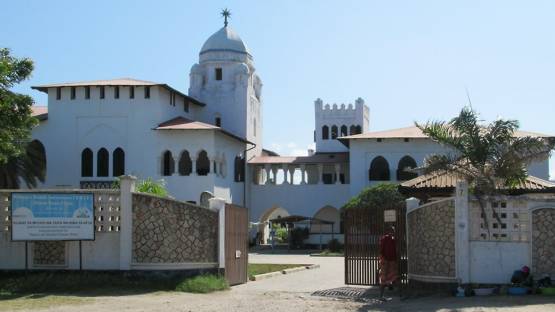Hundreds of women in Tanzania now have access to advanced cervical cancer treatment thanks to the delivery and installation of a high dose rate (HDR) brachytherapy machine at the Ocean Road Cancer Institution (ORCI) in Dar es Salaam, coordinated by the IAEA. Since the machine’s installation in October last year, the IAEA has been facilitating training and the development of a treatment planning system to ensure its safe and effective use. The ORCI, alongside the Bugando Medical Centre (BMC) in Mwanza, is one of only two operational public cancer care facilities in Tanzania.
“Tanzania is experiencing a rising cancer incidence in the past five years,” said Dr Shaid Omari Yusuph, a medical physicist at Ocean Road Institute, which falls under the purview of the Tanzanian Ministry of Health. “But since the launch of a series of IAEA projects, the cancer care facilities in Dar Es Salaam and in Bugando have seen a sharp rise in their capacities and in the number of cases managed each year.”
In Tanzania cancer is the fifth leading cause of death among men and the second among women, with the most common cancers including cervical carcinoma, breast cancer, prostate carcinoma and other gynaecological cancers, which respond well to high dose rate (HDR) brachytherapy. HDR brachytherapy involves a miniaturized encapsulated radioactive source being placed directly into or near the volume to be treated, allowing a high radiation dose to be delivered locally to a tumour with a sharp dose fall-off outside the tumour. Use of this type of treatment is generally limited to small, well-localized tumours and minimizes radiation effects on other tissues.





